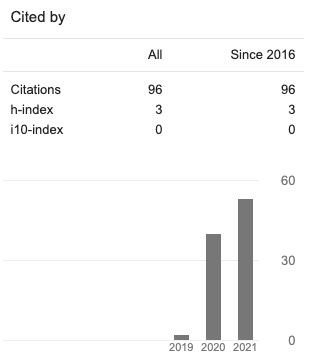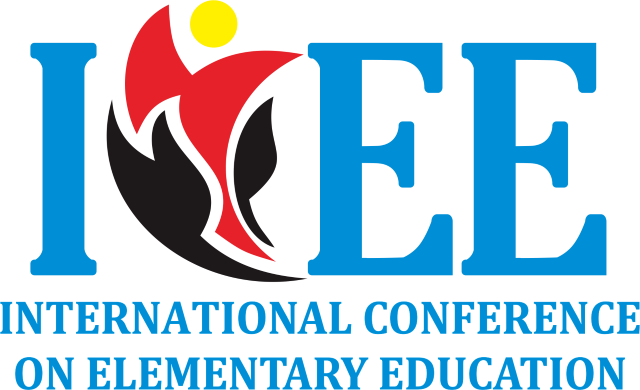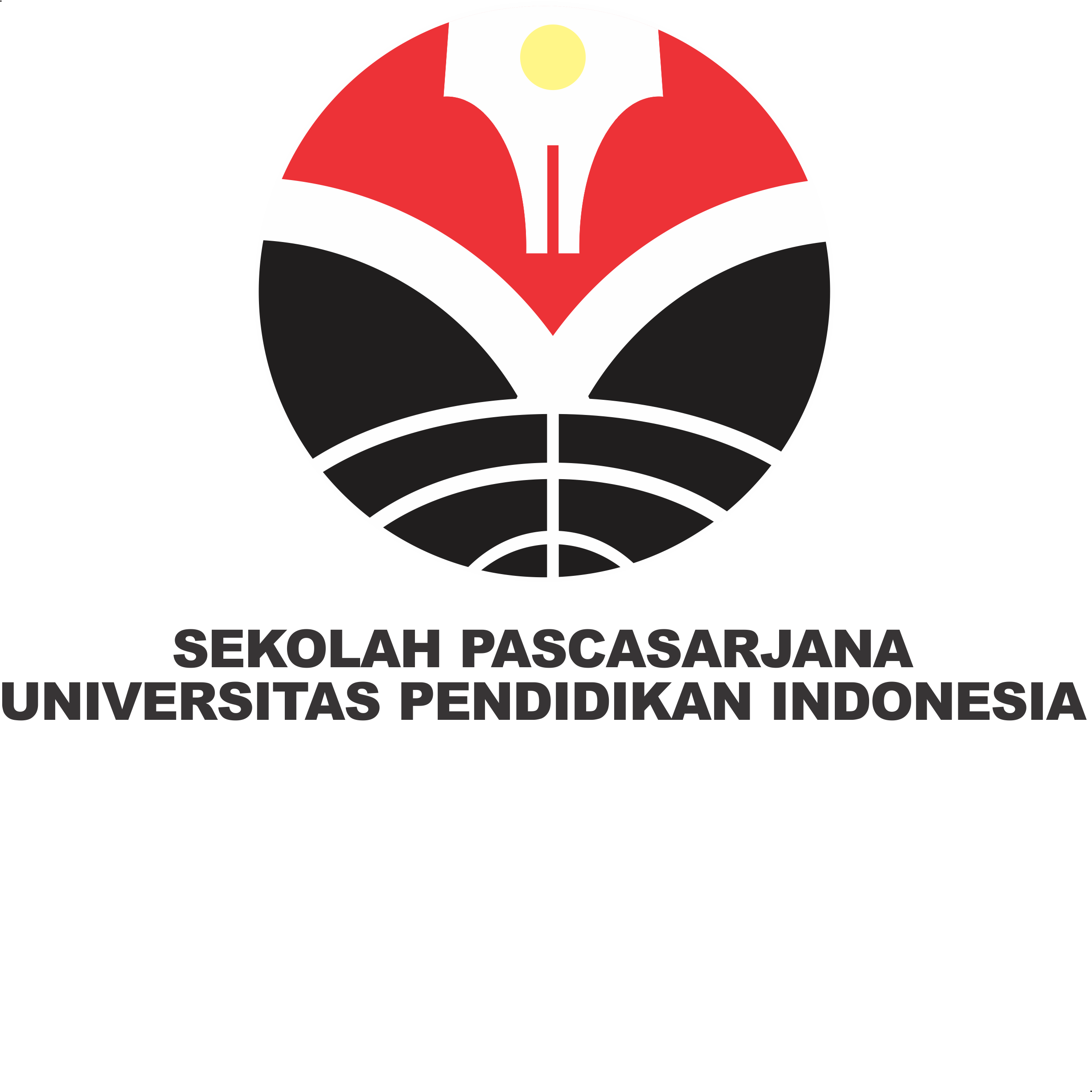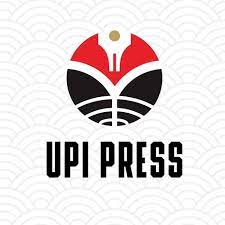The Relationship Between Multiple Intelligences with Higher-Order Thinking Skills
Abstrak
This study aims to determine the relationship between multiple intelligences with higher-order thinking skills. The research sample consisted of 15 grade X students in one of the state high schools. The research method used in this research is quantitative descriptive method using correlation. The instrument used in this study was a set of questionnaires and multiple intelligence test questions as well as higher-order thinking skills tests that had been judged by expert lecturers and tested. Multiple intelligence questionnaires are used to determine the type of intelligence students have, while multiple intelligence tests and higherorder thinking skills are made according to the concept of Vertebrates. The eight types of intelligence in this study are linguistic, logical-mathematical, visual-spatial, kinesthetic, musical, interpersonal, intrapersonal, and naturalist intelligence. As a result, each student has a different type of intelligence, while linguistic and visual-spatial intelligence is a type of intelligence that is not possessed by students. Every intelligence is closely related to students' higher-order thinking skills. Students with logical-mathematical intelligence types tend to have higher-order thinking skills better than students who have other types of intelligence. The research hypothesis was tested with the Pearson Product Moment correlation formula with α = 0.05. Correlation coefficient obtained by 0.921 which means there is a very strong relationship between multiple intelligences and higher-order thinking skills















